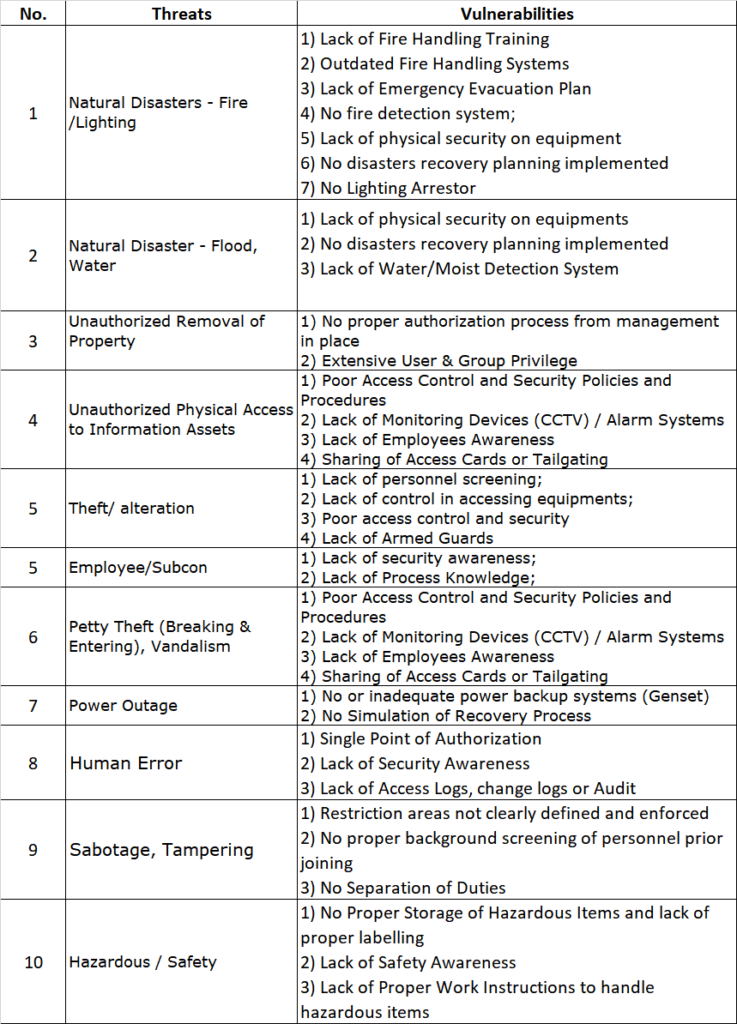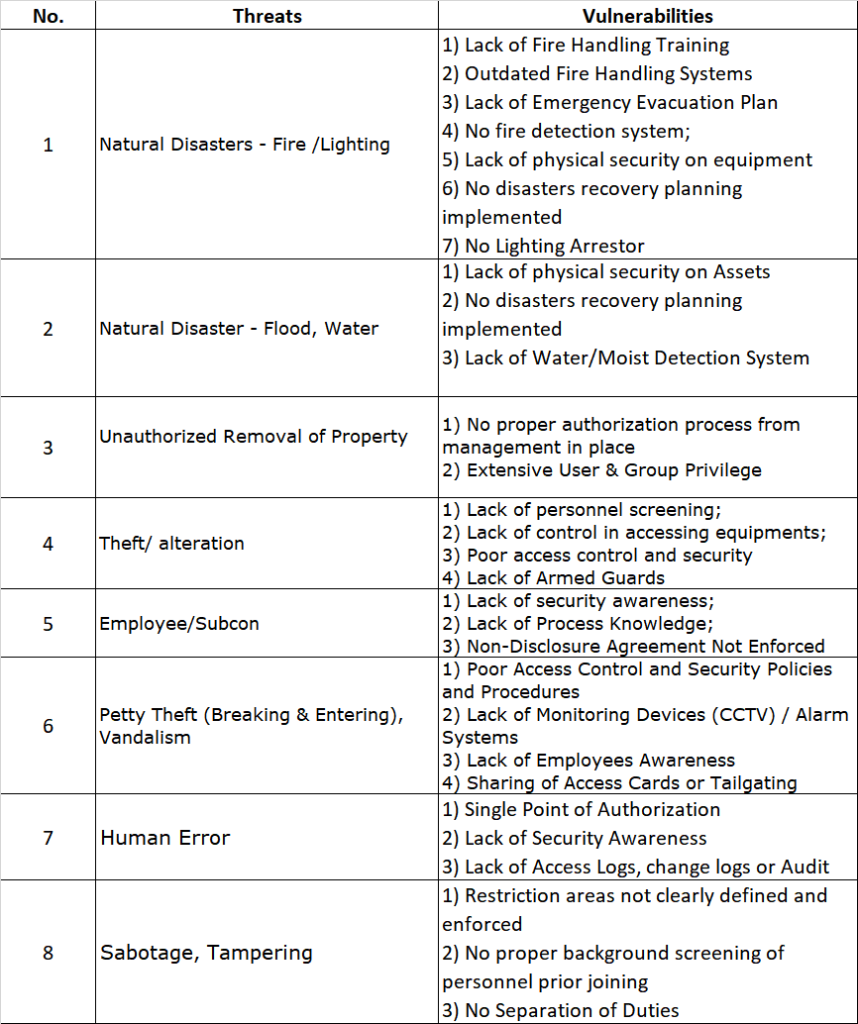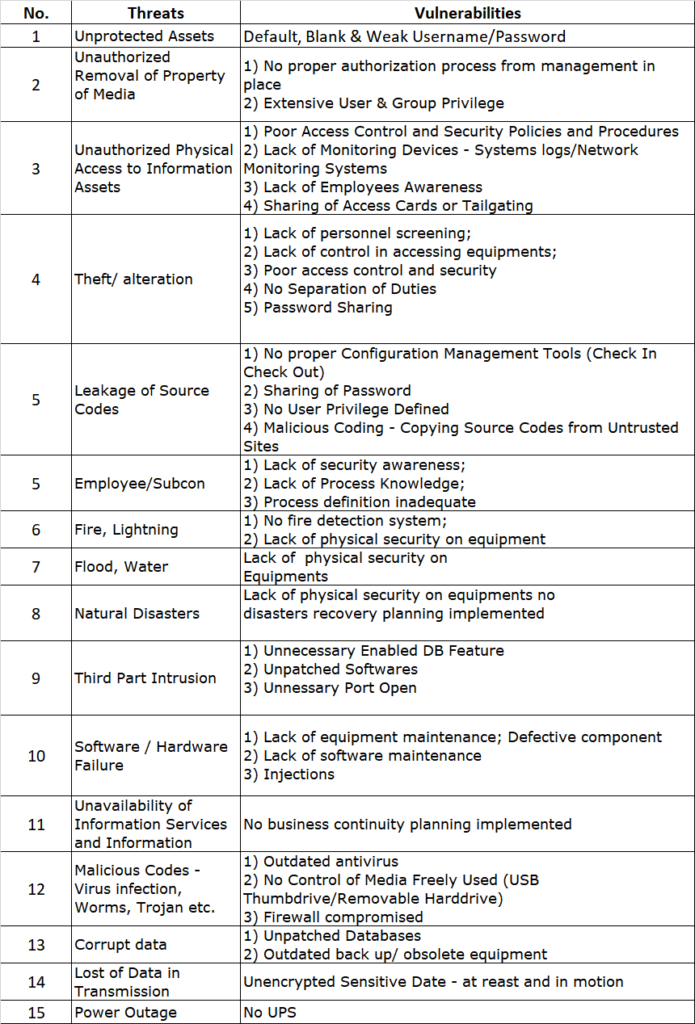
OK, now that we are well into 2023, the main question here is why isn’t the current assessments this year going into v4.0? Most of our customers are still doing their v3.2.1 for 2023, before doing 4.0 the next cycle. The answer is: Well, you can go for v4.0 if you want to. There’s really not much difference for now. The difference is probably more on the auditor side, as reporting requirements are different in V4.0. But from the client end, some of the scary changes like authenticated scans for internal vulnerability scanning, or updating of password complexity to 12 characters etc – these actually don’t come in force until March 2025. So there’s actually a grace period for v3.2.1 to v4.0 and another grace period for PCI v4.0 controls to be implemented, up to March 2025. Basically, anything past March 2025, the controls in v4.0 becomes Standard. No more compromise. Its like the biblical ten Commandments, except you have around 300+ commandments here. That’s a lot of chiseling on the rock by Moses.
Before we deepdive into v4.0, let’s set out the landscape a bit again, like unfurling a carpet or a mat before we feast into our metaphorical compliance picnic.
- Scope and Applicability
One of the key changes in PCI DSS v4.0 is the clarification of the scope of the standard. The new version provides more explicit guidance on how to apply the standard to different types of organizations, and it emphasizes the need for organizations to understand the scope of their cardholder data environment (CDE). This comes as a fairly significant change, as the initial pages of V4.0 is strewn with explanations of scoping and methodologies on how to define scope. It reads almost like they are trying to make up for lost time, and trying to cover all their bases, whereas in the previous version, just a cursory glance was done. PCI DSS v4.0 also provides guidance on how to identify and manage different types of risks. Risk has always been a difficult item to quantify in PCI. Because at the end, PCI is a result of a risk assessment anyway, done by the card schemes. It’s specifically to mitigate the risks they identified that the PCI program was born. So what’s the point of running a risk assessment in PCI-DSS if its already a standard? Well, PCI DSS v4.0 states that organizations should have a risk management program in place to identify and prioritize risks, and to take appropriate measures to mitigate those risks. Its a way of saying that while controls are required, how you address the controls are dependent on your risk assessment. Additionally, you can even opt to go above and beyond the PCI standard to address a particularly high risk area (although to find a company doing this is like finding the Lost Ark). Above the brownie points you would get from the QSA by showing you are a company keyed into your risk assessment practices; a risk assessment will likely help you identify other areas of concerns as well. The standard also requires organizations to have a process in place for identifying changes to their CDE, and for reviewing and updating their risk management program as needed. So to the point on whether the risk assessment is useful – yes. Whether it is critical to passing your PCI-DSS – well, I would say that depends a lot on your QSA. We’ve seen QSAs pass a bunch of colored coded excel sheets off as a PCI risk assessment easily.
2. New Control Objectives
PCI DSS v4.0 introduces several new control objectives to address emerging security risks. One of the key new objectives is to address the risks associated with cloud computing. The new version of the standard includes new requirements for securing cloud environments, including the need to assess the security of cloud service providers and to implement additional controls to secure cloud-based data. In v4.0, the word ‘Cloud’ appears 42 times in the entire standard. In v3.2.1, the word ‘Cloud’ appears as often as ‘NasiLemak’. Which is zero.
3. Password Requirements
PCI DSS v4.0 introduces new requirements for password management. We are in 2023 and we are still trying to remember all our passwords. PCI is now making our lives easier by introducing longer passwords! Great, now everyone just add incremental numbers behind your password from seven to twelve. The standard requires the use of multi-factor authentication for all non-console administrative access, this has already been evident in previous version. This just basically means that organizations must implement additional security measures, such as biometric authentication or smart card authentication, in addition to a password, to access sensitive systems and data
4. Encryption
The new standard maintains that organizations use more robust encryption algorithms and key lengths as per 3.2.1. Key management more or less remain as it is, but the biggest issue in v4.0 is the doing away with full disk or transparent encryption. We will do a deep dive in this later.
5. Penetration Testing and Vulnerability Management
PCI DSS v4.0 includes new requirements for penetration testing and vulnerability management. Among others is the requirement for Internal vulnerability scans to be authenticated whereas previously, this was a bit more gray area (actually not required). This could have potential impact especially for entities chasing a quarterly deadline, if you have a lot of systems in your scanning scope. So this makes the scoping a lot more critical. Because you can be sure the effort for internal scans are going to be going way up.
6. Remote Access
PCI DSS v4.0 includes new requirements for securing remote access to cardholder data environments. PCI requires organizations to implement multi-factor authentication for all remote access, and to use secure protocols, such as SSH or VPN, to access sensitive systems and data. While this remains, the other issue with 4.0 is the need to implement controls to prevent copy/relocation of PAN for all personnel unless there is a business need. We have a bad feeling about this. This could generally mean getting a DLP in place or a NAC in place to limit what can or cannot be done by users logging in remotely. There are solutions for these, but this needs to be planned and invested. The key word here is to ‘prevent’ not just ‘detect’, so this basically mean a proactive control in place to block these actions.
So in the next couple of articles, we will dive right into the changes for v4.0 in detail, including those requirements where it is stated “This requirement is a best practice until 31 March 2025, after which it will be required and must be fully considered during a PCI DSS assessment.”
We will also look into the SAQs and what has changed in the SAQs for those preparing to do self assessment in accordance to v4.0.
In the meantime, for any PCI related queries or any standards like CSA, ISO27001 etc, drop us a note at pcidss@pkfmalaysia.com and we will get back to you!







